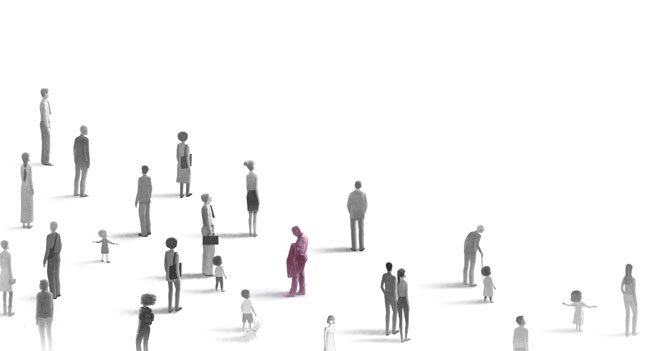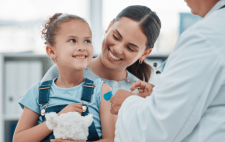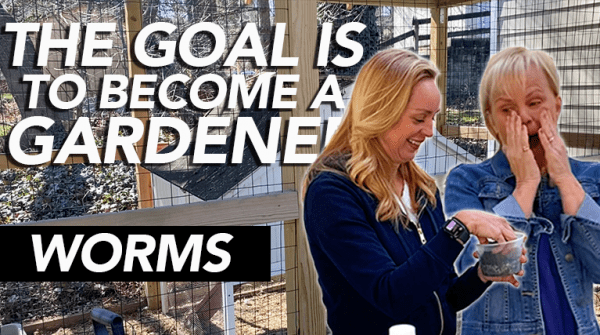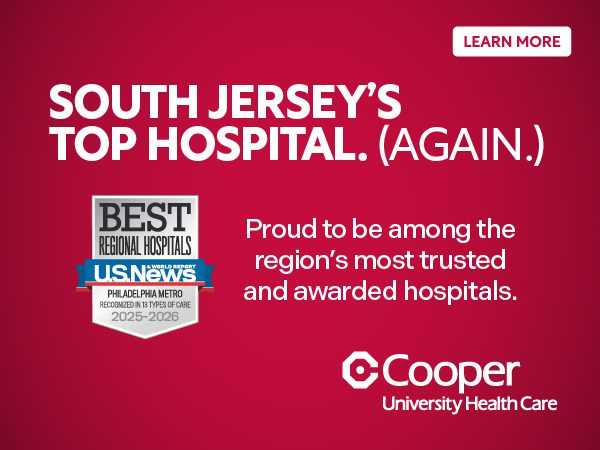Loneliness is more than a feeling – it’s a public health crisis.
2.3 million residents in New Jersey suffer from loneliness or social isolation, a statistic revealed in a 2023 study by the New Jersey Department of Human Services. The issue affects all demographics, from college students to seniors, with devastating impacts on both mental and physical health.
But a collaborative of New Jersey organizations have set out to put a stop to it.
“The U.S. Surgeon General’s report on social isolation and loneliness really opened our eyes to all the different populations that are affected by it,” says Erika Thomas, Director of Social Connections at Samaritan. “But it also opened our eyes to the simplicity of the ways to positively impact this epidemic by reconnecting with others.”
“A lot of people choose to be alone, and they aren’t lonely at all. But others are surrounded by people and still feel completely disconnected because they lack meaningful relationships.”
Who it affects
“No one is exempt,” says Monica Lallo, an educator, team strategist and advocate with Acenda Integrated Health. “There’s an emphasis on younger children, older adults, veterans and people with disabilities, but we tend to find that individuals across the board experience it.”
Older adults are among the most vulnerable to the loneliness epidemic, with 44% of New Jersey seniors reporting feelings of loneliness.
“Social isolation in older adults is often driven by factors like declining health, loss of loved ones and limited mobility, which can prevent them from maintaining social connections,” says Lallo. “This isolation can have severe health consequences, as studies link it to an increased risk of heart disease, stroke and depression.”
Younger adults are also significantly impacted. A study by the Senator Walter Rand Institute for Public Affairs at Rutgers-Camden found that millennials and younger adults are 50% more likely to feel socially isolated than Baby Boomers.
This disparity is fueled by factors like the pervasive use of social media, which fosters superficial connections while inhibiting meaningful in-person interactions.
“Social media has been a double-edged sword,” says Lallo. “It’s one of the main ways that people communicate intentionally with others, but what we have to remember is that not everything on social media is real. People are masking their real emotions and putting out this pretentious lifestyle like they’re doing so great, when under the surface they really aren’t.”
“The loneliness epidemic also disproportionately affects veterans and individuals with disabilities, groups that often face unique barriers to social connection,” says Lallo.
For people with disabilities, physical limitations, stigma and lack of accessible transportation can make it difficult to engage in meaningful interactions. Veterans, on the other hand, frequently experience isolation after transitioning out of structured military environments and may struggle with the loss of camaraderie or the lingering effects of trauma.
“Social isolation doesn’t discriminate,” says Lallo. “There’s often a compounded sense of disconnection that requires tailored support.”
According to the Surgeon General’s report, loneliness can be as harmful as smoking 15 cigarettes a day.

The health toll of loneliness
The effects of loneliness are far-reaching, affecting both physical and mental health. According to the Surgeon General’s report, loneliness can be as harmful as smoking 15 cigarettes a day. The DHS study found that loneliness correlates with increased risks of heart disease, stroke, blood pressure, weakened immune function and cognitive decline, particularly among older adults.
The physical toll doesn’t stop there – research reveals that loneliness can exacerbate chronic conditions such as diabetes, obesity and asthma, creating a vicious cycle that further isolates individuals.
The mental health consequences are equally severe. Lonely individuals are more likely to experience anxiety, depression and even suicidal thoughts.
“Loneliness doesn’t necessarily equate to being alone,” says Lallo. “A lot of people choose to be alone, and they aren’t lonely at all. But others are surrounded by people and still feel completely disconnected because they lack meaningful relationships. That’s where the danger is.”
Grassroots Solutions
Samaritan has been one of the first organizations in South Jersey to address this issue. The nonprofit launched its Friendly Caller Program two years ago to support homebound patients. The program connects trained volunteers with patients for weekly phone calls.
“We’ve had people who have spoken to each other at the beginning of the program and still are, so that’s now two years,” Thomas says. “Friendships have developed. The amount of companionship that’s provided just in a phone call has been very impactful for many of our patients.”
Samaritan has since expanded its efforts with the Friendly Visitor Program, where volunteers meet patients in person at their homes, hospitals or rehabilitation centers.
“It’s been amazing to watch these relationships build over the last two years,” Thomas says.
The organization is also finding success with robotic pet companions for dementia patients.
“They’re very life-like,” Thomas explains. “The dogs will yawn, bark or wag their tail. The cat will meow, turn her head or roll on her back so you can scratch its tummy. These pets bring comfort and joy to patients who are no longer able to care for real animals.”
A community approach
After recognizing that other organizations in South Jersey were starting to tackle the problem of loneliness, Samaritan convened the Social Isolation, Loneliness and Connection Collaborative, a coalition of major health systems and over 40 South Jersey nonprofits – including those whose mission focuses on everything from veterans’ groups to animal shelters.
This group not only educates the public about the far-reaching effects of loneliness but also fosters partnerships to create tailored programs for diverse populations.
“The goal behind the collaborative is to educate as well as develop partnerships and programs to serve all populations,” says Thomas.
These organizations are not just addressing the symptoms of loneliness but are actively working to rebuild the fabric of connection within communities.
“There are a lot of programs that are free that people don’t know about,” Lallo explains. “I currently sit on a board called Outdoors on Purpose, that educates and encourages people to find respite and joy in the outdoors, with a focus on Black and brown communities who historically may not have easy access to these spaces.”
This, she says, is just one example of programming available in South Jersey.
“I’m hoping that through our coalition, we can reduce loneliness and isolation by publicly educating communities statewide,” says Lallo.
Addressing barriers
“This is nothing new, but what happened is that Covid shined a light on an already existing issue, then made it worse,” says Renee Carrillo, Oaks Integrated Care Director of Integrated Case Management Services in Burlington and Mercer Counties as well as Director of Senior Well Being.
“There are so many different reasons for people to be isolated,” she says. “If someone just lost a loved one and they’re going through grief, loneliness is going to come with that. If someone is a caregiver to an elderly parent with dementia, that often comes with some degree of isolation. These people need an outlet. They need extra support.”
Oaks Integrated Care, another member of the Collaborative, similarly targets loneliness through comprehensive services, including group therapy, case management and supportive housing programs. Their reentry services, designed for individuals transitioning out of incarceration or psychiatric care, offer a lifeline to those who often find themselves disconnected from family and community.
But, she says, people are still hesitant to find that support.
“There’s still a stigma in reaching out for help,” says Carillo. “People feel shame about admitting they’re lonely, but we need to normalize these conversations.”
Looking ahead
One of the big focuses for 2025 will be to connect students with older adults. Samaritan will be piloting an intergenerational program in 2025, pairing Rowan University students with seniors to document their life stories.
“Think about the programs we used to do when we were kids,” says Carrillo. “Back in the ’80s, I was assigned a pen pal in a nursing home, and we wrote letters back and forth. We’re all responsible for our community. To have someone that feels socially isolated is sad because we all should be working together.”














